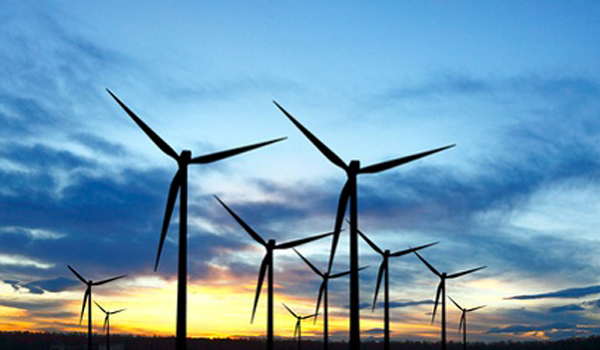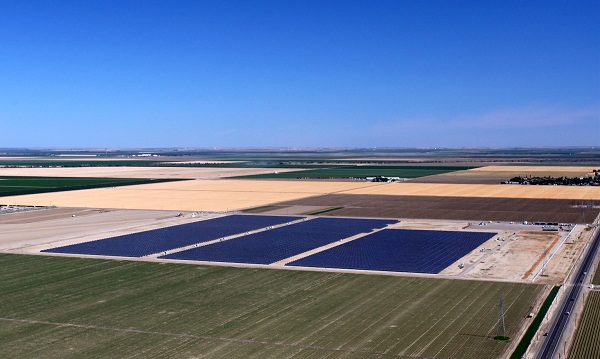California made it official on Tuesday, reporting that the its investor-owned utilities – who provide about three-quarters of the electricity used by the state’s nearly 38 million residents – reached a renewable portfolio standard target of 20 percent green power in 2011.
The California Public Utilities Commission said Southern California Edison led the way with 21.1 percent renewables, followed closely by San Diego Gas & Electric at 20.8 percent and Pacific Gas and Electric at 20.1 percent.

The state’s original RPS, instituted in 2002, required the three utilities to increase the amount of renewable generation sold to customers by at least 1 percent each year and be at 20 percent by 2017. In 2006, the standard was strengthened, requiring 20 percent by 2010. Then last year, with the utilities lagging in reaching that goal – combined, they delivered 17 percent of their power from renewables in 2010 – the RPS was tweaked again. The big three are now required to source an average of 20 percent renewables per year from January 1, 2011, to December 31, 2013; 25 percent by December 31, 2016; and 33 percent by December 31, 2020.
SDG&E had the greatest ground to cover in getting to 20 percent; according to state data [XLS], it was at 3.7 percent renewables in 2003 and even as recently as 2010 was still a long way from 20 percent, at 11.9 percent.
But in 2011, SDG&E signed 17 new power contracts with mostly solar and wind energy sources, representing 1,482 megawatts. The company not only hit the current target, but said those contracts would help put it on track to meet the 2016 and 2020 goals.
SCE was at a surprisingly robust 16.6 percent in 2003, mostly because of big power purchases from the San Gorgonio Pass wind farms and from geothermal generation in Northern California. PG&E was at 11.5 percent back in 2003.
The CPUC said yesterday that since 2003, 2,871 MW of new renewable capacity had gone in under the RPS program, with the pace accelerating recently: More than 300 MW of new renewable capacity came online in the first two quarters of 2012, and another 2,740 MW is scheduled to come online before the end of the calendar year.
The single biggest boost in the state’s renewables drive came from out of state, with a big portion – 555 MW – of the giant Caithness Shepherds Flat wind farm in Oregon’s Columbia River Gorge coming online last September and going to SCE, according to a project status table provided by the state [XLS].

Giant green-power imports like that might not be so common in the future, however; as Chris Clarke detailed this week on the ReWire blog, California’s refinement of the RPS could make it more difficult for projects from out of state to gain regulatory approval.
Why the switch? Well, the state might have needed big projects from surrounding Western states in the early years of the RPS, but in the last few years it has approved dozens of projects within its own borders. “The pipeline of projects seeking future approval is robust,” Gov. Jerry Brown’s renewable energy advisor told Western grid players last year, in a letter [PDF] that essentially warned out-of-state developers that California might not be needing their power.